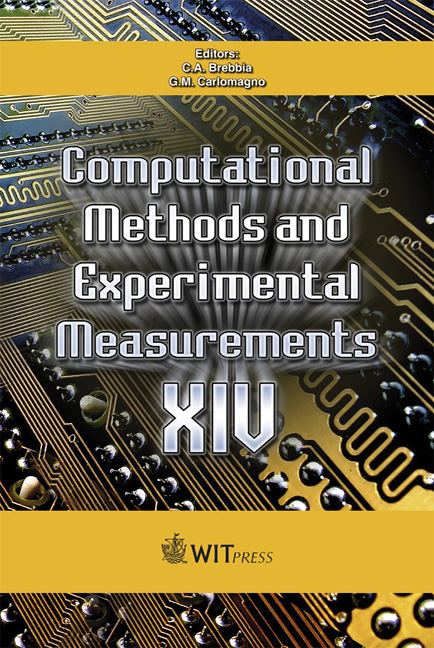Numerical Analysis Of Compressible Turbulent Helical Flow In A Ranque-Hilsch Vortex Tube
Price
Free (open access)
Transaction
Volume
48
Pages
12
Page Range
353 - 364
Published
2009
Size
772 kb
Paper DOI
10.2495/CMEM090321
Copyright
WIT Press
Author(s)
R. Ricci, A. Secchiaroli, V. D’Alessandro & S. Montelpare
Abstract
Numerical analysis of the internal flow field in a Ranque-Hilsch vortex tube (RHVT) has been conducted in order to improve understanding of its fluiddynamic behaviour. The flow field in an RHVT is compressible, turbulent and helical with a very high degree of swirl; hence its numerical simulation is a challenging task. Particular interest has been reserved for turbulence modelling, hence both RANS and LES approaches have been employed. In particular axialsymmetric RANS simulations have been conducted using RNG k-ε and a linear RSM (Reynolds Stress differential Model) closure models, while full threedimensional LESs have been performed using Smagorinsky and Germano-Lilly sub-grid scales (SGS) models. Results showed, that turbulence closure models choice is a crucial issue in the prediction of the flow field in an RHVT. In fact, different simulations exhibit some differences in the description of the velocity vector components. In each simulation, flow government equations have been solved using the commercial finite volume code FLUENT™ 6.3.26. Flow patterns in this device have been also investigated by means of the calculation of the Helical Flow Index or normalized helicity; Power Spectral Density (PSD) of velocity magnitude has been eventually calculated showing a good agreement with K41 theory. An improved understanding of the flow field inside the RHVT can lead to a correct prediction of fluid dynamic and thermal behaviour of outlet jets, fundamental information to define cooling performance of this device. Keywords: Ranque-Hilsch vortex tube, swirl flows, RANS, LES, turbulent spectrum.
Keywords
Ranque-Hilsch vortex tube, swirl flows, RANS, LES, turbulent spectrum.





